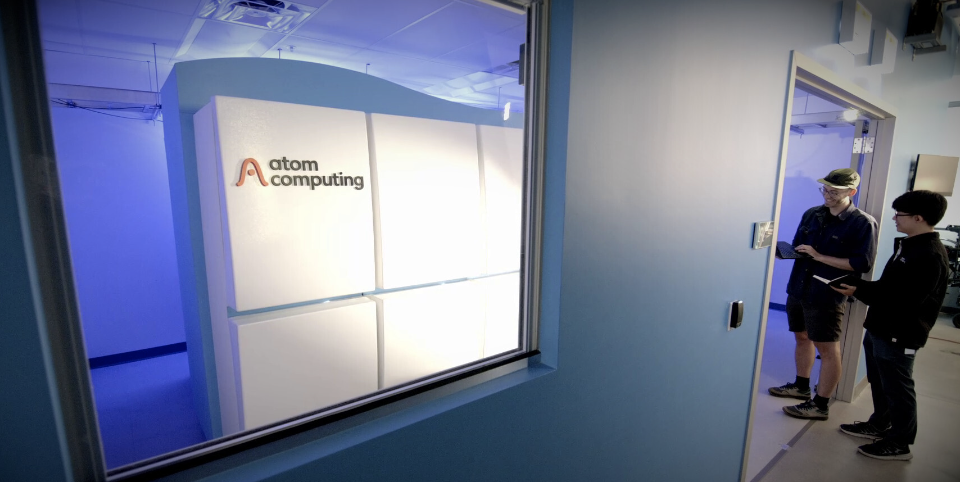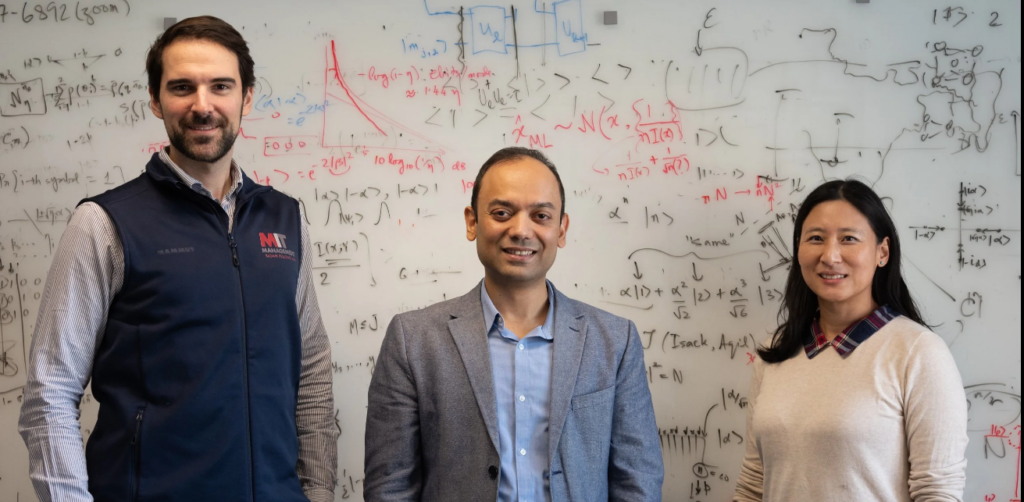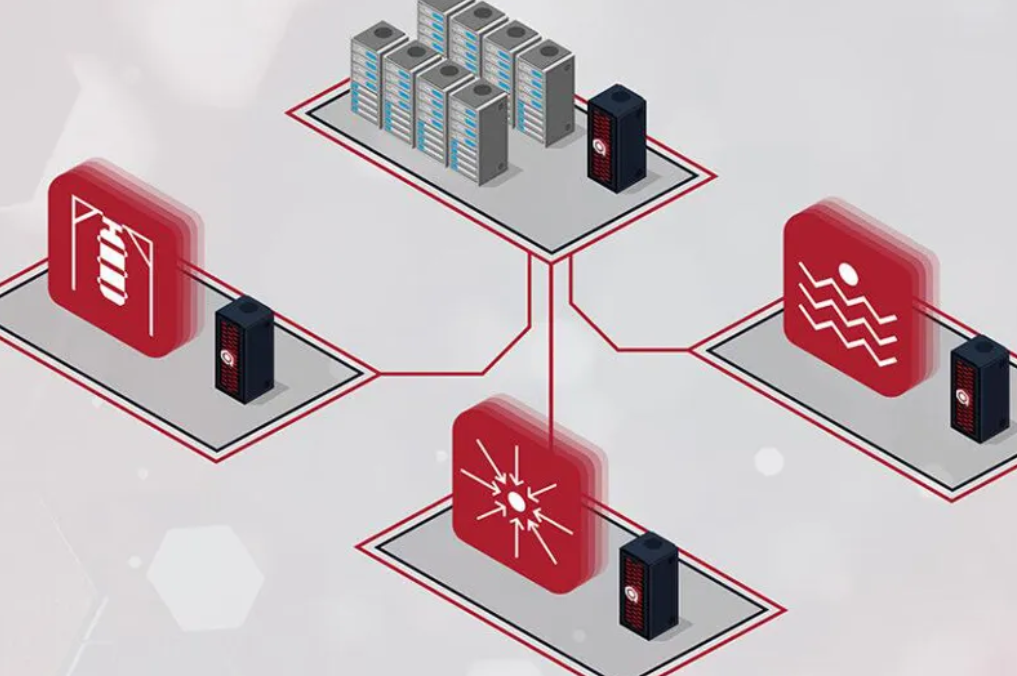Insider Brief
- Microsoft is integrating Atom Computing’s neutral atom quantum hardware into its Azure Quantum platform, marking a major step toward reliable quantum computing for commercial use.
- Atom Computing’s hardware, with over 1,200 physical qubits and plans to scale further, combined with Microsoft’s qubit virtualization, aims to enable scalable quantum error correction.
- The collaboration seeks to help accelerate scientific discovery and create a quantum-ready ecosystem.
Microsoft and Atom Computing have announced a strategic collaboration aimed at building what they claim will be the world’s most powerful quantum machine. This partnership, revealed through posts on Microsoft and Atom Computing’s blogs, will integrate Atom Computing’s neutral atom quantum hardware into Microsoft’s Azure Quantum platform. The collaboration is seen as a key step forward in advancing reliable quantum computing hardware for commercial use.
Atom Computing, known for its neutral atom technology, is developing hardware with more than 1,200 physical qubits and aims to scale that number tenfold with future generations. Neutral atom technology allows for larger numbers of qubits, longer coherence times, and advanced error correction techniques—qualities critical for expanding quantum error correction and enabling reliable quantum computation.
Through this collaboration, Microsoft plans to combine its advanced qubit virtualization technology with Atom Computing’s hardware, according to the posts. Microsoft’s Azure Quantum platform will leverage this combination to optimize the creation of logical qubits, a critical step toward scalable quantum computing. Both companies hope this development will lead to the market’s first commercial offering of a reliable quantum machine.

“We are excited to accelerate Atom Computing’s quantum capabilities with Microsoft as our partner. We believe that this collaboration uniquely positions us to scale and be first to reach scientific quantum advantage,” said Ben Bloom, PhD, Founder and CEO of Atom Computing in the blog post. “Our neutral atom technology is an ideal foundation for Microsoft’s leading qubit virtualization capabilities, and we look forward to enabling fault tolerant, cutting-edge quantum applications for global innovators to use the best platform in the world.”
Microsoft’s Azure Quantum platform, which includes the Azure Elements discovery suite, will play an integral role in the collaboration, according to the Microsoft blog post. Azure Elements is designed to support governments and organizations in addressing complex scientific and commercial problems, from chemical and materials design to molecular simulations and chemical reactions. According to Microsoft, combining Atom Computing’s hardware with Azure Elements will create a robust toolset for scientific discovery.
The partnership also aims to contribute to building a quantum-ready ecosystem, offering tools that can accelerate commercial adoption and foster expertise in quantum computing. This ecosystem is expected to create demand for quantum-specific jobs, as companies and governments seek to harness the potential of quantum technologies for various applications.
Atom Computing’s neutral atom technology brings unique advantages to the table, including high fidelity qubits and the ability to reset and reuse qubits mid-circuit. These features are essential for ensuring the scalability and reliability of quantum machines, particularly as they move toward larger numbers of qubits and more complex quantum error correction processes.
By applying Microsoft’s fault-tolerance protocols to Atom Computing’s architecture, the collaboration aims to future-proof investments for customers, providing flexibility across multiple hardware platforms. The teams say this flexibility could be key for businesses and researchers as quantum technologies evolve and mature.

















